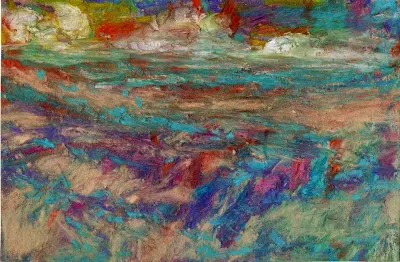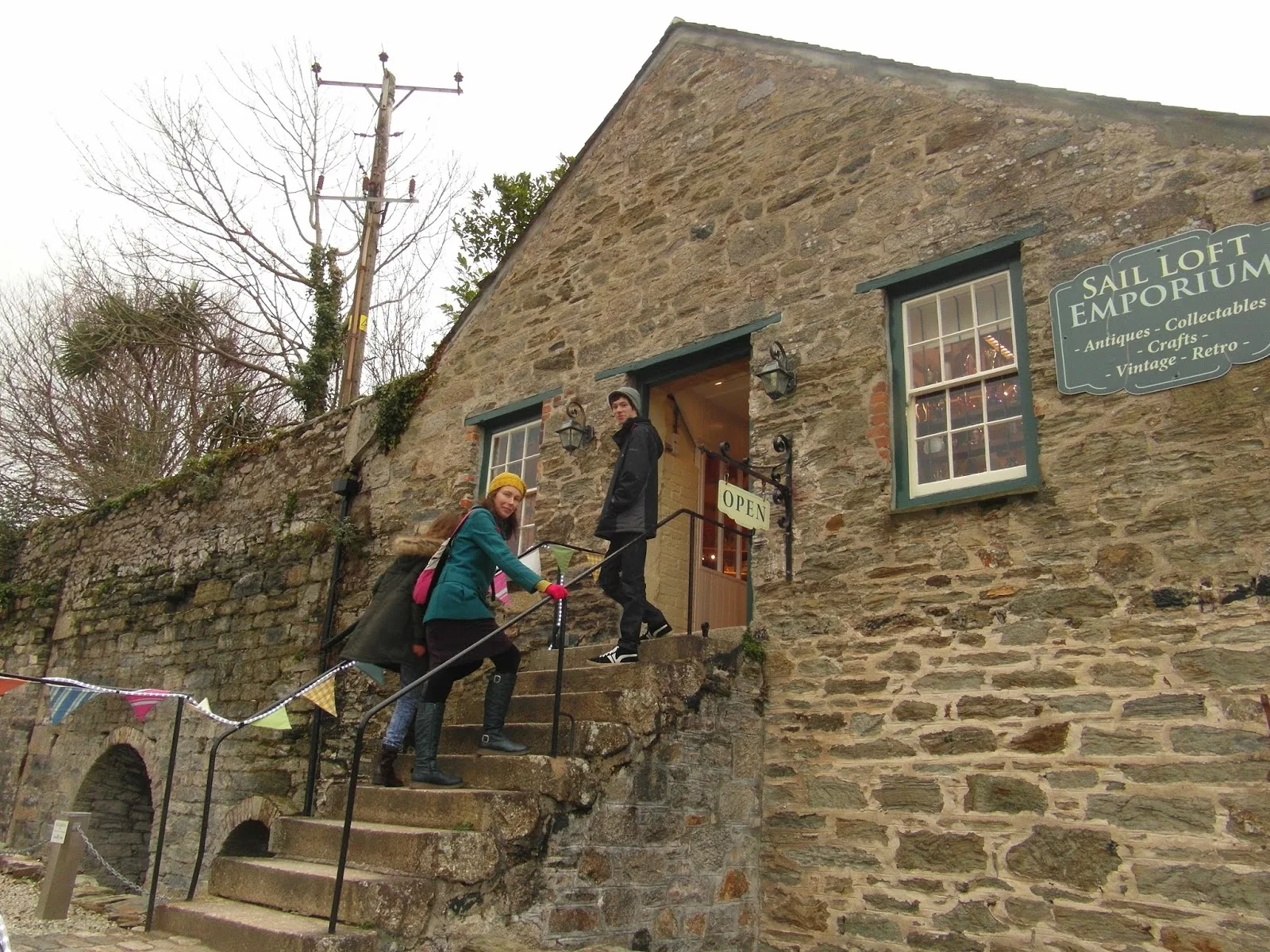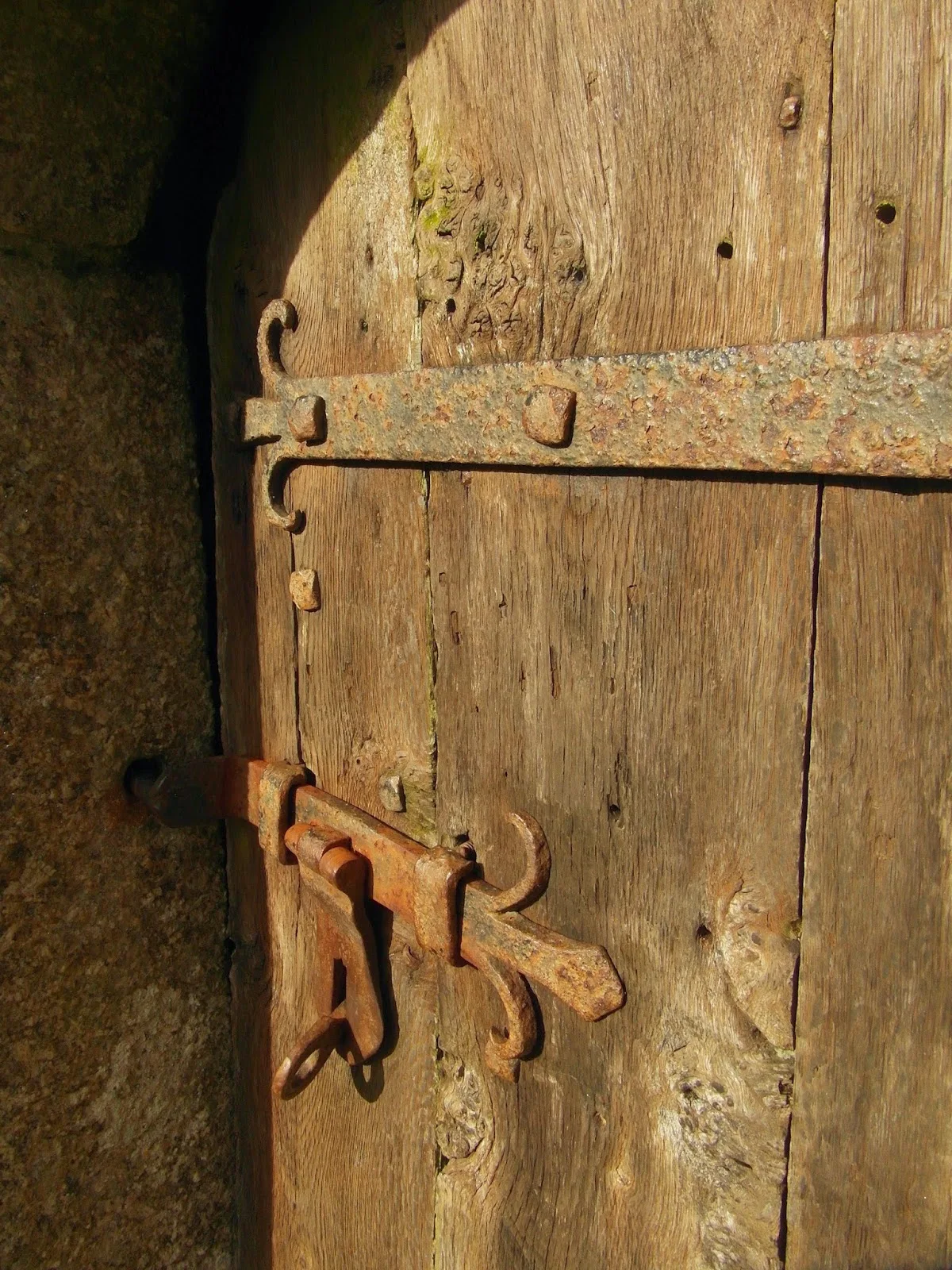A small painting on panel board of Constantine Bay near Padstow in Cornwall. Painted very quickly and just wanting to concentrate on the rock pools in the foreground.
Friday, 11 December 2015
Friday, 27 November 2015
Friday, 6 November 2015
Thursday, 5 November 2015
Tonal Study
Going to have another go at keeping the subjects less busy and enjoy the potential for colour and tone as in this landscape I painted today.
Friday, 12 June 2015
Cloud over Liskeard
In 1832 during an outbreak of cholera, when thirty seven inhabitants contracted the disease and nineteen died from it in a single month, a dark cloud hung over the centre of Liskeard town and many thought that the cloud was causing the cholera. It was decided to fire the cannon from the Castle grounds into the cloud in the hope that it would disperse it. The firing caused stunned amazement and fear among the neighbourhood. After this event the cannon was said to have been in poor condition and it was decided by the town corporation authority to have the cannon 'spiked' and so put beyond further use. The cannon was soon after transported to the military Garrison in Plymouth.
Due to the growing population in the 1800s, sanitary arrangements were becoming more and more inadequate. There was an increasing demand for water from Pipe Well and, more importantly, an increasing volume of waste products which some how had to be shifted out of the built up area. Overcrowding was given an extra twist in the 1840s when miners and others poured into the town, adding to the difficulties of avoiding disease. It was cholera, above all else, that had shattered complacency, even before the population boom of the 1840s. A report in the West Briton noted the victims: "those attacked are mostly persons in low circumstances, and the deaths were chiefly amongst old persons who had been in ill-health, and children.... the deaths have chiefly taken place in one part of the town."
However, once the immediate danger of cholera had receded, the sanitary question also ceased to be a matter of urgent concern. As late as 1836, the town dung was still being dumped at the prison, near Pipe Well, although the Town Council then decided to remove it to the garden near the school in Castle Street where it was to be sold monthly. There was presumably little regard at the time for the well being of the children attending the school.
I feel that the drawing is saying what I hoped it would about the events that took place in 1832 in Liskeard, Cornwall when the town was in fear of the worsening cholera, and whether it be superstition or desperation, it was decided that a cannon be fired into the cloud that had overshadowed the town for many days as it was believed at the time to have been the cause of the outbreak. The symbolism in the drawing is centred around the death of the young girl and the burning of her clothes which give rise to the spirit in the form of an angel releasing her sole to the mystery of death who is in the form of a young disfigured man. The cannon fire is shown to the right of picture simply as a ball of light.
Wednesday, 3 June 2015
The Dream of Daniel Gumb
Daniel Gumb was born in 1703, an eccentric who built his house not only on the rock but in it. There is little factual evidence on record about the man other than parish registers. We know he was born in Stoke Climsland on Bodmin Moor in 1703. Daniel was a studious young boy somehow learning to read and understand mathematics and in particular geometry which enabled him to find occasional work in mapping local estates. Stone masonry work was Daniel's main source of income, cutting and carving it and this became his livelihood. Daniel built his own home from the rock near the Cheesewring on Bodmin Moor, having found a large granite slab for a roof and supported with stone piled walls. On the upper surface of the roof he chiselled a set of abstruse Euclidean figures and near the entrance an inscription : 'D. Gumb 1735' (or possibly 1735). The cave was lined with stone and some form of cement and together with a chimney and a stone door he lived with his wife Florence and it is believed they had a number of children. Daniel held a fascination with the stars and the roof of the cave was his observatory. He was a man who remained outside of society by choice, enjoying his own and the company of his family. Perhaps he would have had the instincts of a recluse wherever he might have been born. His times let him live as he wished.
Being a man who chose to live on the desolate moor and no doubt felt the very essence of his humanity in spirit with the natural world, I wanted to reflect upon a dream he might have experienced. The dream involves the pagan like female character with the deer skull and princes robe tormenting Daniel into a frenzied rage.
Have found the bottom right corner to be a good place for the cave and included a few taunting mythical figures in the sky.
Have found the bottom right corner to be a good place for the cave and included a few taunting mythical figures in the sky.
Just about completed the drawing apart from asking my wife to kindly model her left foot to finish off the standing figure.
Further information available from the link below. Highlight the text and it will take you to the page.
https://pensilva-history-group.netlify.app/people/daniel-gumb/
Thursday, 21 May 2015
Abstract Themes Come and Go
Using acrylic paints and working very quickly with lots of strong gestural strokes with a lush landscape and the majestic Calstock bridge in Cornwall
Another landscape with equally strong gestural mark making and dry acrylic paint with the subject of Anthony House garden in East Cornwall. The pinks are representing all the wonderful blossom found in the wide variety of trees and bushes.
Wednesday, 20 May 2015
Oil Pastel Drawings
Having looked through some of my previous oil pastel work I would like to share a few examples to bring a little bit more colour to my posts. The first subject is a building in the middle of the High Street, Reigate with its tall brick arches and shops behind. I drew this mainly on location and continued the drawing at home. Drawn with oil pastel as well as soft pastel onto cartridge paper.
Another small sketch drawn from a position halfway up Box Hill in Surrey. I used to work as an Art Technician in the City of London Freemen's School in Ashstead, Surrey and on finishing work I would drive out of the village toward Dorking and look for interesting places to sketch. I liked the expansive view of this landscape and the rich colours.
Wednesday, 13 May 2015
Portnadler Bay near Looe, Cornwall
Really enjoyed creating the warm colours in contrast with the cool blue of the sea in this painting of Portnadler Bay near Looe in Cornwall. Painted with oil on panel board.
Landscape Paintings of Bodmin Moor
Stowe's Hill viewed from the south west painted 2004
'Drifting Fog Upon Stowes Hill', Bodmin Moor 2009
Friday, 8 May 2015
Fowey Festival
I have always enjoyed this simple painting which is just round the back of Fowey Church. I just let loose on the warm colours and it seems to have worked. Starting tomorrow is the Fowey Festival with an art trail and see if you can sneak a peek behind the church.
Sibblyback Lake
Just try a walk around Sibblyback Lake near Liskeard in the evening as the sun goes down and peace can't help but descend
Friday, 1 May 2015
The Bear That Stayed The Night In Liskeard
A story found in a wonderful book called 'Liskeard Bygones' by Jack Haworth led me to begin a drawing about a lodging house in Higher Lux Street and its unexpected guest. The lodging house was owned by 'Bat' Rowe who had the pleasure of offering lodgings to two frenchmen who had neglected to mention their profession and unbeknown to 'Bat' had a performing bear. On the night in question the two Frenchmen retired to bed and left the bear in the downstairs passage. Old 'Bat', returning home late and in a tipsy condition, stumbled over the bear in the dark and thinking it was a drunken lodger shouted "what the deuce.... Why don't you get your boots off and go to bed like the rest ?". Suddenly, the bear angrily rose to its feet, at the sight of which old Bat took a flying leap out of the house refusing to return until the animal and its owners were well on the road next morning. My drawing shows the moments after Bat had fled and a local neighbour is investigating what all the commotion is about.
I have seen old photographs by J.H and C.H. Coath from the period around 1906 of bear performers on the beach front at Downderry in Cornwall. One can just imagine the pain and discomfort the poor bear would have experienced so in the drawing I chose not to show the head harness or the sticks for beating the bear.
The smartly dressed man with top hat is furious with the bear handler in the centre of picture as he neglected to keep the head harness on the bear. The bear tamer fellow in the centre of picture is doffing his hat at a mistress on the top landing who is out of picture and completely oblivious to the drama.
I feel quite pleased with the drawing as it feels more or less complete. Possibly need to define the hands of the man on the stairs otherwise we are there. I used a little artistic licence when it came to the view through the doorway as the shop on the left is 'Oughs' the butchers which is at the bottom of Lower Lux Street. I felt the shop front composition works well as it leads the eye beyond the doorway.
Thursday, 16 April 2015
Leap of Faith at Cannon Hill, Liskeard
Have been wanting to base a drawing about a Doctor Eastwell, who in the 1800s had a practice in Liskeard. The story is based around the top of what is now called Cannon Hill with the junction of Church Street in Liskeard. Long ago there was a wall at the top of Cannon Hill where we now have metal railings just outside a shop called 'Broads'. You can see in this black and white photo during the late 1800s with the wall still intact on the lower right of picture.
Here again you can see more clearly the wall in front of the shop as seen from Church Street. Ancient House can be clearly seen on the left but the steps leading up to a door with what looks like a shop below have been demolished.
The area of the wall was popular and was often occupied during the evenings by navvies, gypsies and loafers. The regular gathering continued year in and year out until the Salvation Army came to town -but that's another story. Returning to our Doctor Eastwell; whom it is said enjoyed more than the odd drink or two and 'lived in the saddle', became so enraged with the gathering hoard of loafers that one day he came riding down Church Street at a furious rate and whether 'top heavy' or for a bet or whatever, he rode his horse through the throng and his horse clean jumped the wall, landing on her haunches as the old mare slithered down the hill', much to the relief and amazement of the onlookers.
I included a few frantic chickens and the blind man holding a stick together with his friend who seems to have the look of a monk about him.
Friday, 13 February 2015
Jagos Corner
An amusing story is told about Trehawke House in Liskeard, East Cornwall (rebuilt by J.Allen; first built by T. Johnson in 1703, repaired in 1811 by J. Borrow and taken down in 1910). General Johnson built the house with the adjoining Congregational Chapel connected with a bridge which had a turret chamber on top and a courtyard in front paved with granite. John Trehawke, known to many as 'The Miser' lived in this house. According to18th century stories, he was actively associated with smuggling and when he was running a cargo he sent his domestic staff to bed early and when the cargo was being delivered in the cellars he played a violin under the bedroom floor of his domestic staff. This strange nocturnal behaviour kept them confined to their room in great terror, and they knew nothing of the activities in the cellars and tunnels underneath Trehawke House. The Nat West Bank now stands on the spot where Trehawke House once stood and the Spar shop is where the Congregational Chapel once stood. Between the two original buildings is now a narrow road where the bridge was built.
I feel much happier with this drawing now that figures are defined. I quite like the light coming up through the opened hatch in the basement floor. The maid is half awake in a state of confusion and fear as she is unsure as to what is happening in the downstairs rooms. I feel seagulls add to the mayhem and hint at something sinister.
Friday, 30 January 2015
Visit to Charlestown, Cornwall
Charlestown Harbour
The little pixies revealed themselves!
Pixies encouraging us further
The tunnels were deep in water in some areas.
There is an interesting antique shop as well as a couple of art galleries.
We loved this sweet little cottage with its wonderful garden.
St' Neot Holy Well
Just by chance we came across a wooden sign in the middle of the village directing us to a holy well set in a large open flat area with hills and trees behind.
The ground is very wet and boggy leading up to the well
I didn't think we could actually open the door.
It was magical to see behind the door.
I really like the old metal door furniture and the character in the wood. The light caught on the end of the bolt appears to be almost returning to molten metal. We each left a wish and a coin.
Can you spot the very small ceramic angel at the bottom of the pool?
I have used this rock formation in one of my recent pencil drawings.
Just behind the well the ground rises steeply.
In the main park of St'Neot village we came across the figure and plaque which was a nice surprise.
Subscribe to:
Comments (Atom)









































